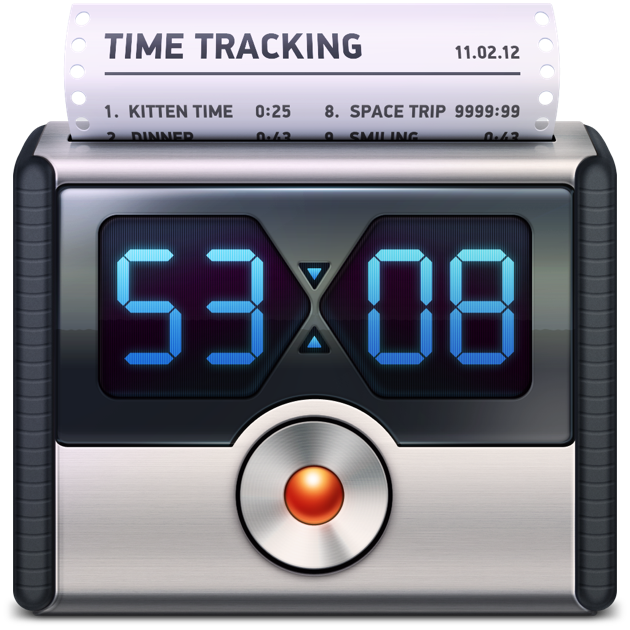Other than the conventionally popular Windows and Mac OS, (and, among developers and geeks, Linux), one of the most popular operating systems for Netbooks and lightweight convertibles today is - Chrome OS. But if you have landed on this page, I am sure you already know that.
Now the problem is, Chrome OS was designed to be used only with certain type of hardware - low powered netbooks, so Google took a certain route, in which Chrome OS officially is available only on Chromebooks - certain types of netbooks that come preloaded with Chrome OS - and have to be certified by Google. Kind of like Mac OSX which you cannot use unless you use an iMac or a Macbook.
But ofcourse, you can use Chrome OS just as well on your own Laptop, if you so wish to, because, Chrome OS is actually based on - Chromium OS - the underlying opensource project.
This page has two sections. First up is a table of commands, and then later in the page, you’ll find a quick and dirty guide (originally posted as its own article) on actually getting into and using the cross environment. Command Purpose exit Exit the crosh Shell help Display the crosh help helpadvanced Show advanced Continue reading Crosh Commands. This page has two sections. First up is a table of commands, and then later in the page, you’ll find a quick and dirty guide (originally posted as its own article) on actually getting into and using the cross environment. Command Purpose exit Exit the crosh Shell help Display the crosh help helpadvanced Show advanced Continue reading Crosh Commands. Chronos, the folks who make the Personal Organizer and Group Organizer info managers, have released a beta Mac OS X conduit for synchronizing their products with Palm OS handhelds. Chronos releases iScrapbook 4. Chronos Inc today announced the release of iScrapbook 4, upgrading its digital scrapbooking software for Mac OS X with the most features the company has ever added to a release. The new version brings an overhauled user interface with a.
There happens to be a kind guy arnoldthebat, who makes regular releases of builds of Chromium OS that are pretty much compatible with almost all x86 (i386, or 32 bit) and amd64 (64 bit Intel or AMD) CPU based laptops. Most of your generic hardware like touchpads, speakers should work, and if you're not too unlucky(read have a Broadcomm card), most probably your WiFi will work too. You can catch hold of his builds here - http://chromium.arnoldthebat.co.uk/
I'd recommend using the latest special build as those ones have the widest hardware support.
After you download the .img file, you can create a bootable USB on Linux using this command (given your USB drive is on /dev/sdb) -
You should boot from your USB drive (you'll need to enable legacy support if yours is a post-UEFI era BIOS), and play with the OS to make sure everything works, and if you like it, and want to permanently install it to your laptop, read on.
So, if you want Chromium OS to be the only operating system in your laptop, you can just press Ctrl + AltF2, login with user:chronos password:password and run the command sudo install
This will format your hard drive
But instead if you want to install Chromium OS as an additional OS to your laptop then there is way for that too. Here are some necessary conditions though -
- You'll need to make 2 partitions, one 2GB and another at least 4GB in size. Your HDD should have that space, or you should create that by shrinking any existing partitions.
- You need to be using GRUB as your bootloader. If you are running Linux with Windows/Mac I am assuming you already are running GRUB. If not, then you can still install GRUB - a step that you can figure out yourself
First take a look at the bootable USB you made out of the Chromium OS disk. It will have two important partitions called - ROOT_A and STATE.
We need to create corresponding partitions on your hard disk (these can be larger size than the ones on the USB, a larger STATE partition gives you more local storage space. A larger ROOT-A partition is mostly of no use, as this partition's content won't change in the future).
Let's consider we made the following partitions -
- /dev/sda7 - ext2 - 2.15GB
- /dev/sda8 - ext4 - 6GB

Now you should copy the corresponding partitions from your USB drive to your own hard disk using dd
Next step would be to add a corresponding boot entry for Chromium OS to your GRUB. For that edit /etc/grub.d/40_custom and add the following
This is considering your's is a GPT partitioned HDD. If not, remove the insmod part_gpt line, and change the root to (hd0,X) where X = root partition number.
After this run sudo update-grub2 to generate the grub.cfg.
Now there is tiny problem with Chromium OS - It expects the STATE partition to be on /dev/sda1 This is hardcoded into the OS. Usually since your /dev/sda1 would already be occupied by some OS (Windows or Linux), you cannot install the Chromium STATE partition there. For that we need to make Chromium expect STATE somewhere else.
Mount your ROOT-A partition, and edit the file /sbin/chromeos_startup on it.
Change the following line -
Chronos' Acolyte Mac Os X
Change the 1 at the end to the whatever partition you have put STATE on. If it was on /dev/sda8, change the 1 to 8.
Also in the same file find and comment out this line
This is because we have not made an OEM partition, so we can't mount it. We do not need the OEM partition to make Chromium OS work.
Finally you should be ready to reboot into Chromium OS be selecting it from the GRUB boot menu.
Mac Os Mojave

Chronos, the folks who make the Personal Organizer and Group Organizer info managers, have released a beta Mac OS X conduit for synchronizing their products with Palm OS handhelds. The conduit is designed to work with the Palm Desktop 4.0 public beta from Palm.
The beta conduit is available free to all existing Personal & Group Organizer 4 users. It may be downloaded directly from Chronos’ Web site. The conduit has been built to work under both Mac OS 9 and Mac OS X.
Earlier this month Chronos updated Personal Organizer and Group Organizer info managers to version 4.02. They’re free updates for registered version 4 customers.
Chronos calls the Personal Organizer the “Swiss Army Knife” of productivity software. It integrates a calendar, address book, word processor, memo taker, personal journal, phone dialer and alarm clock into a single application. Plus, it synchronizes with both Palm and Visor handhelds.
Group Organizer is the network version of Personal Organizer. Users may access their calendar, contacts, memos and to-dos over an AppleTalk network or a TCP/IP network, including the Internet.
Personal & Group Organizer 4.02 requires Mac OS 8.6 or above, including Mac OS X. The applications take 13MB of disk space and run in as little as 5000K. The updates may be downloaded directly from Chronos’ Web site. A 4.02 updater is available for existing version 4 users and a full installer is available for new users.
You can test drive either app with a 30-day trial version, also available from the Chronos site. Personal Organizer 4.02 costs US$59.99. Group Organizer is $99.99 per user; the Group Organizer Server software is free.